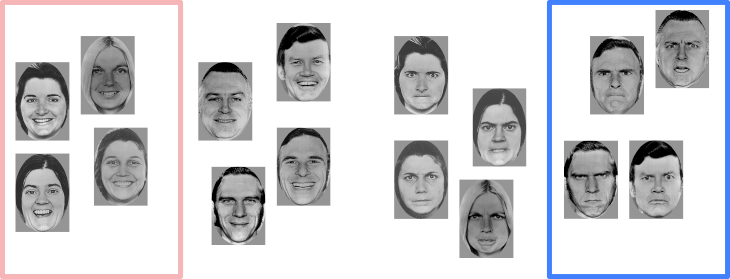Sex influences ability to assess crowd’s emotion
Happy female faces easier to identify than happy males, study finds

MOOD OF THE CROWD Factors such as emotions and sex help determine how observers assess whether a crowd is happy or angry, a new study finds.
Rawpixel/Shutterstock







